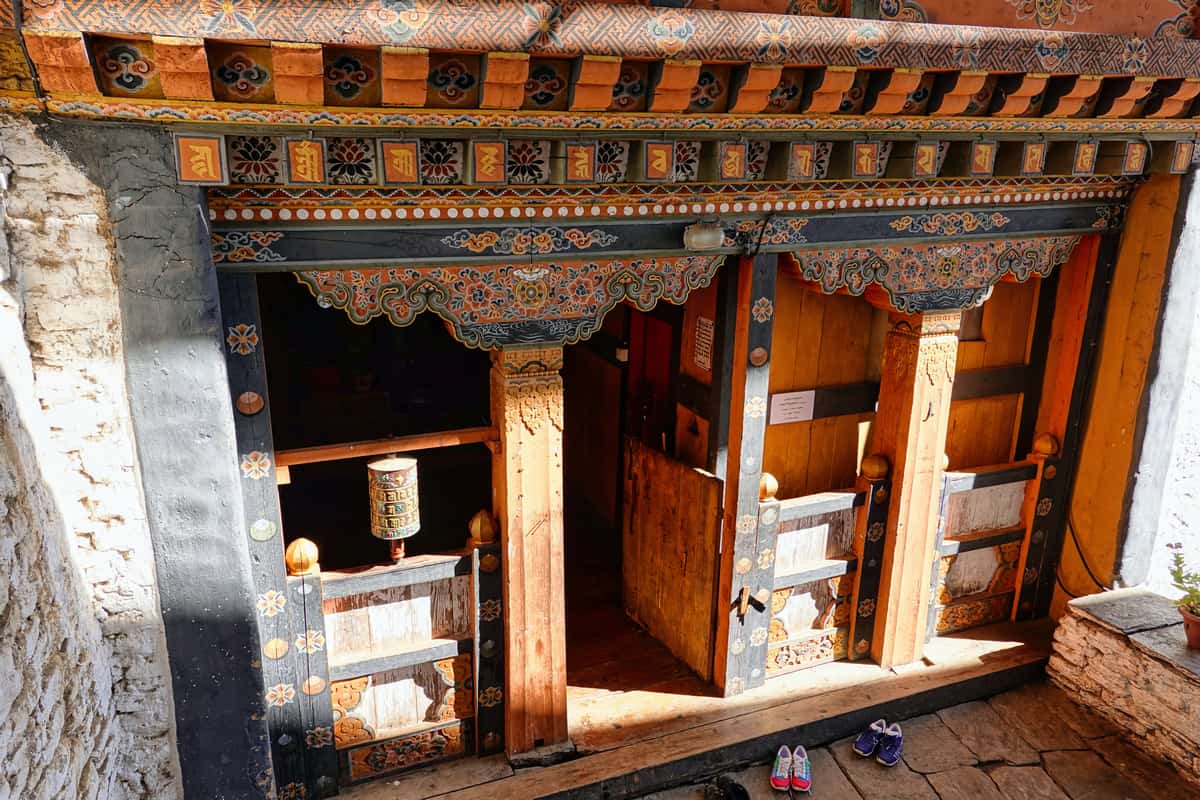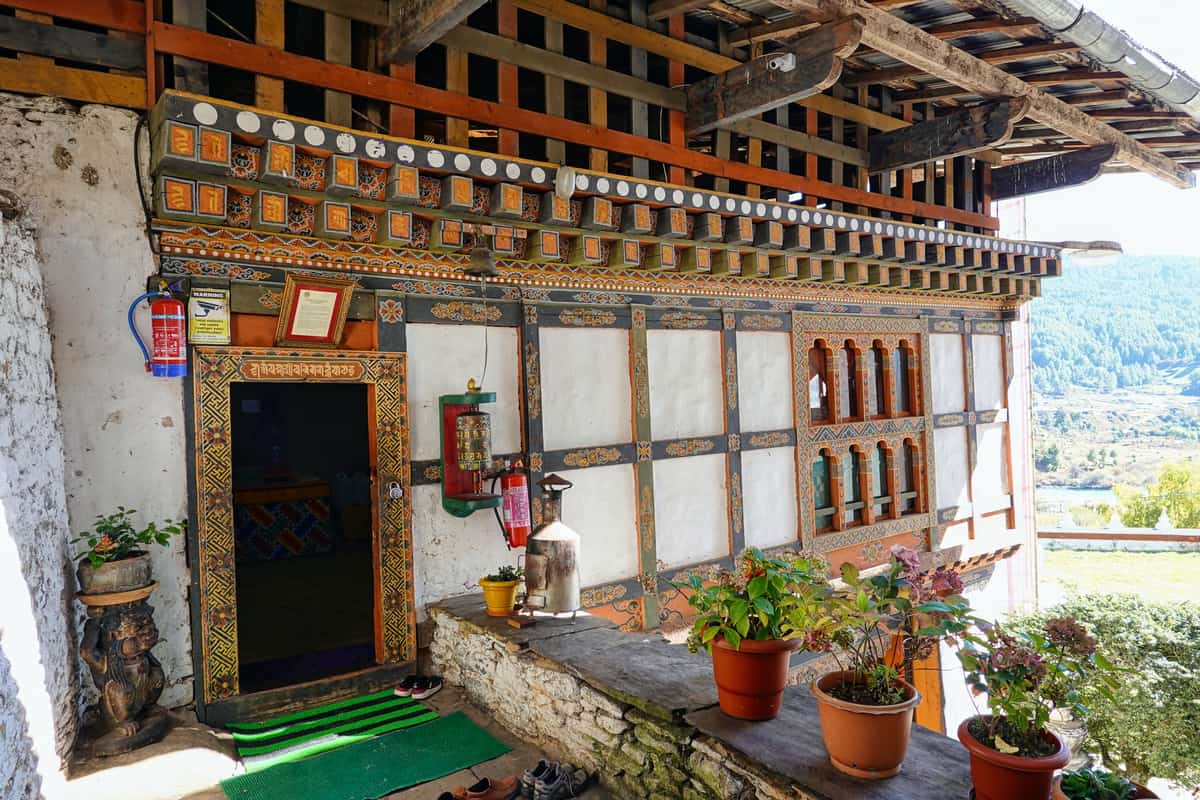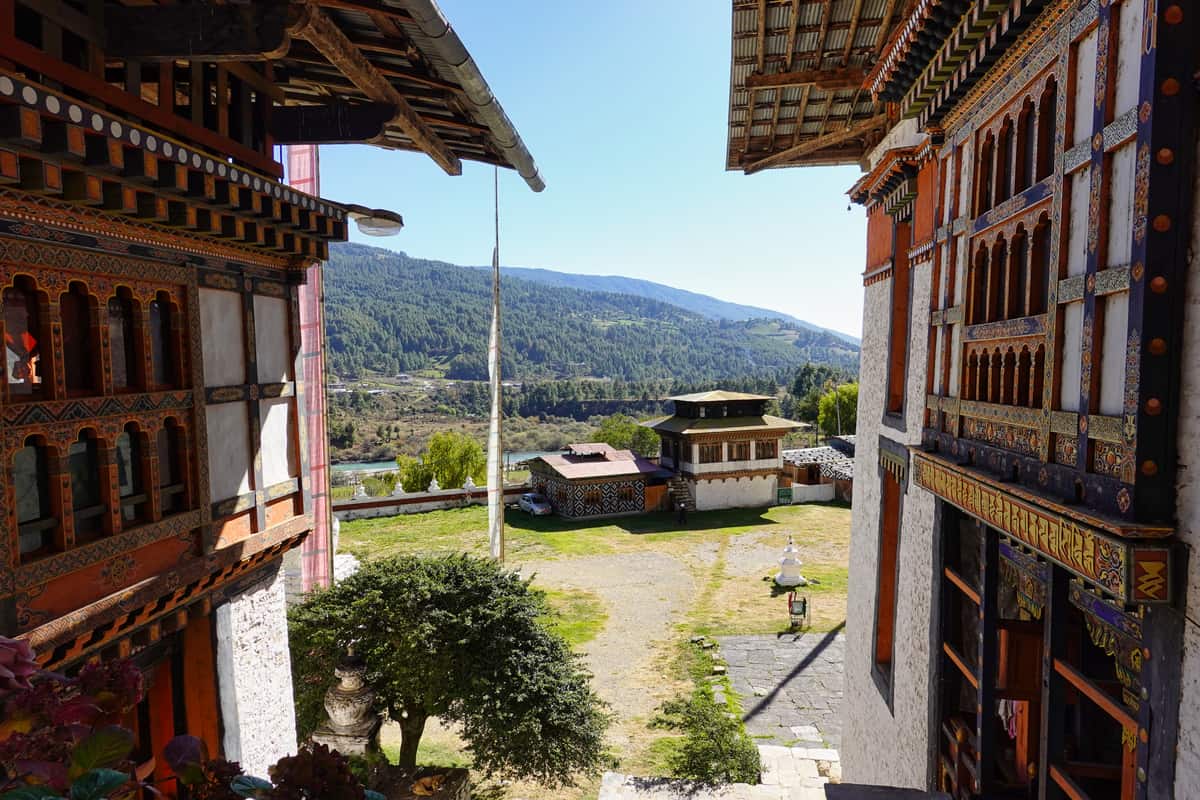Embrace Bhutan Cultural Tour
Bumthang | Bhutan
13 Nov 2019 | Wed
Day 07 of 13
Kurjey Lhakhang
Our next interesting stop of the day was only a few minutes away – the beautiful Kurjey Lhakhang.
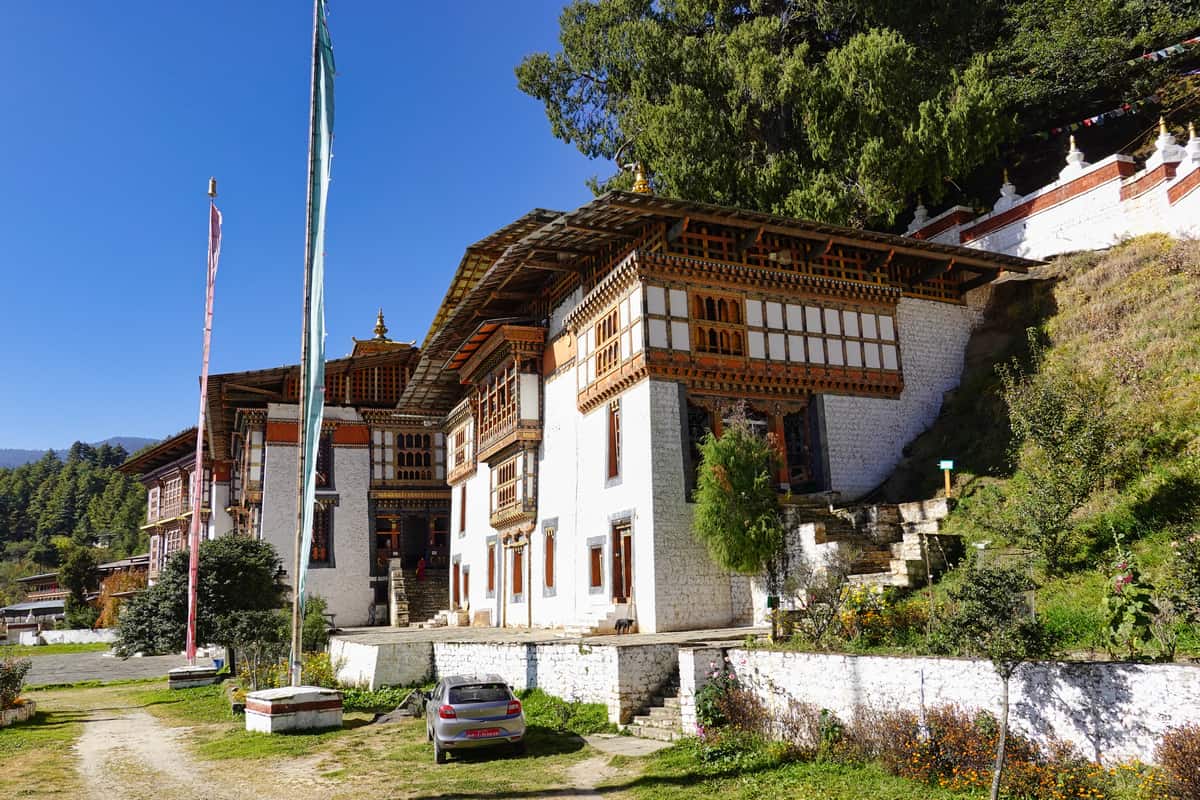
Walk Around the Temple Grounds
When we first arrived at Kurjey Lhakhang we spent some time walking around the temple grounds. The Kurjey Lhakhang complex is made up of three temples Guru Lhakhang (far right – built in 1652), Sampa Lhundrup Lhakhang (middle – built in 1900), and the third temple built in 1984 (far left) by Ashi Kesang Wangchuck (Queen to the Third King).
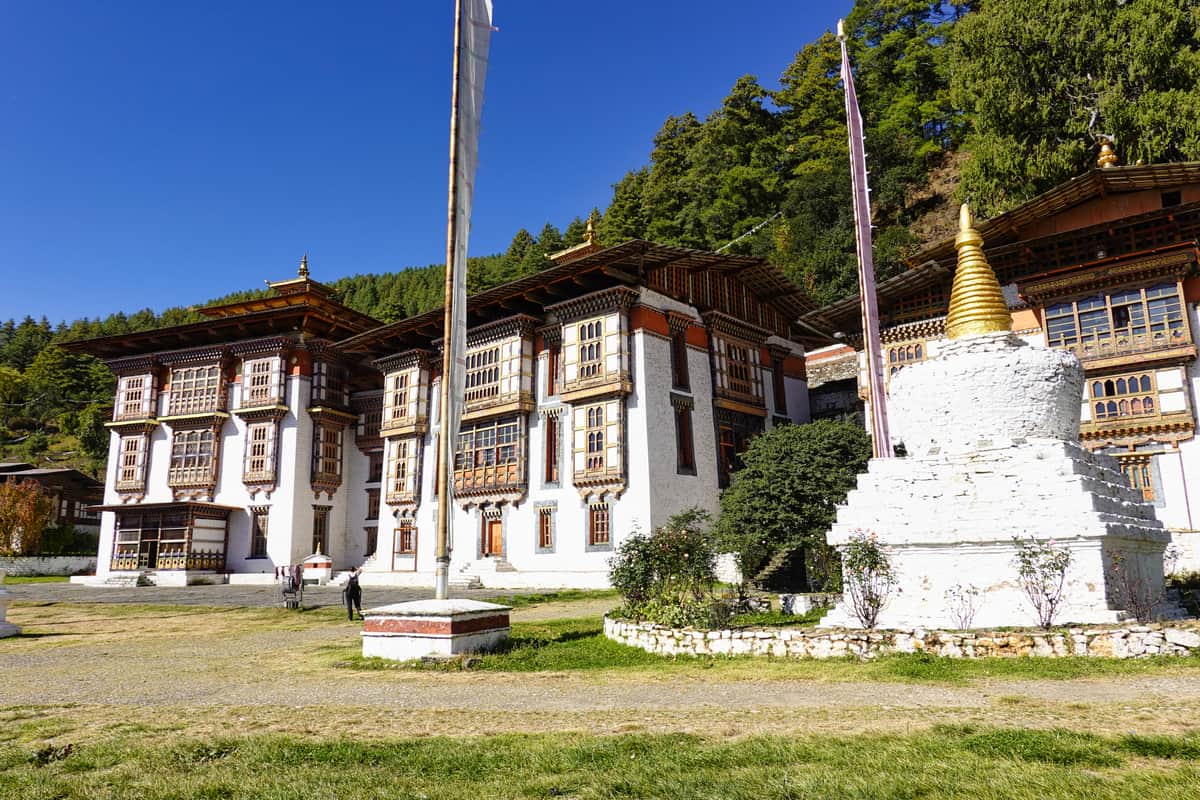
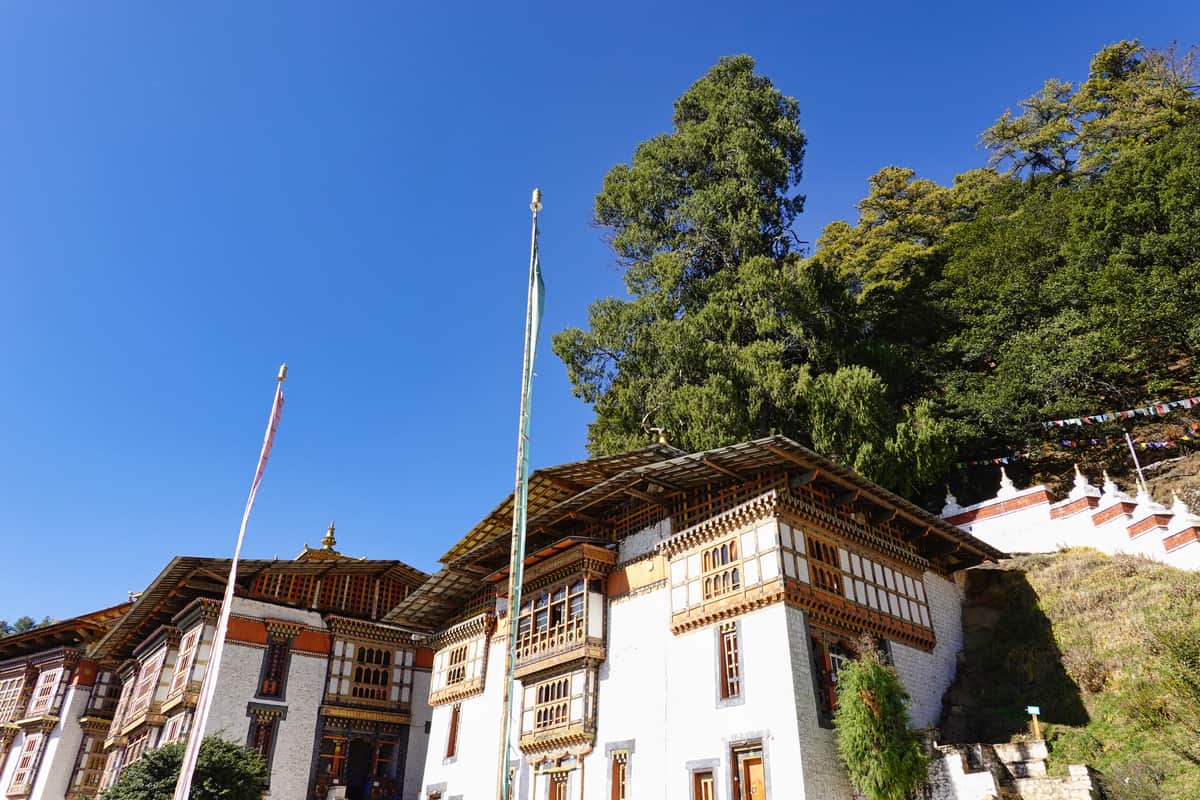
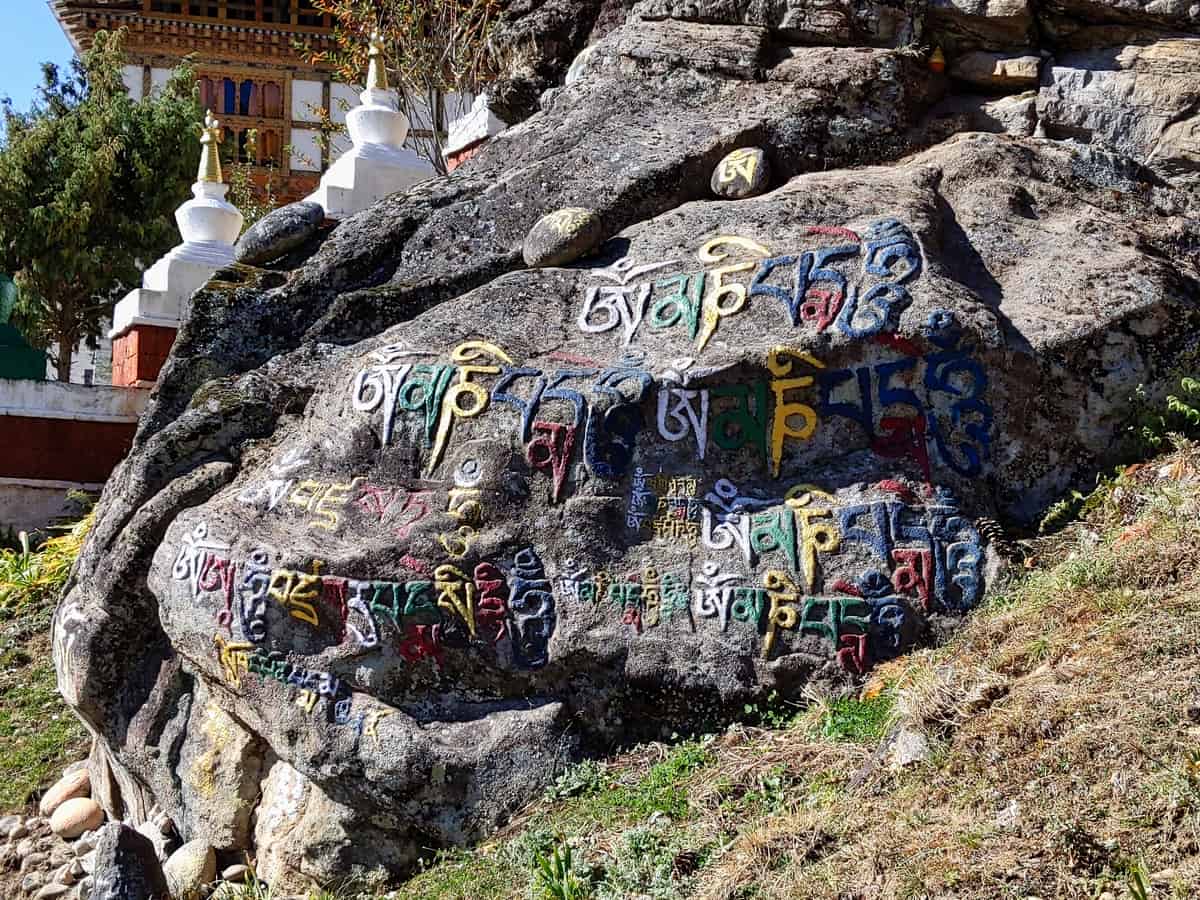
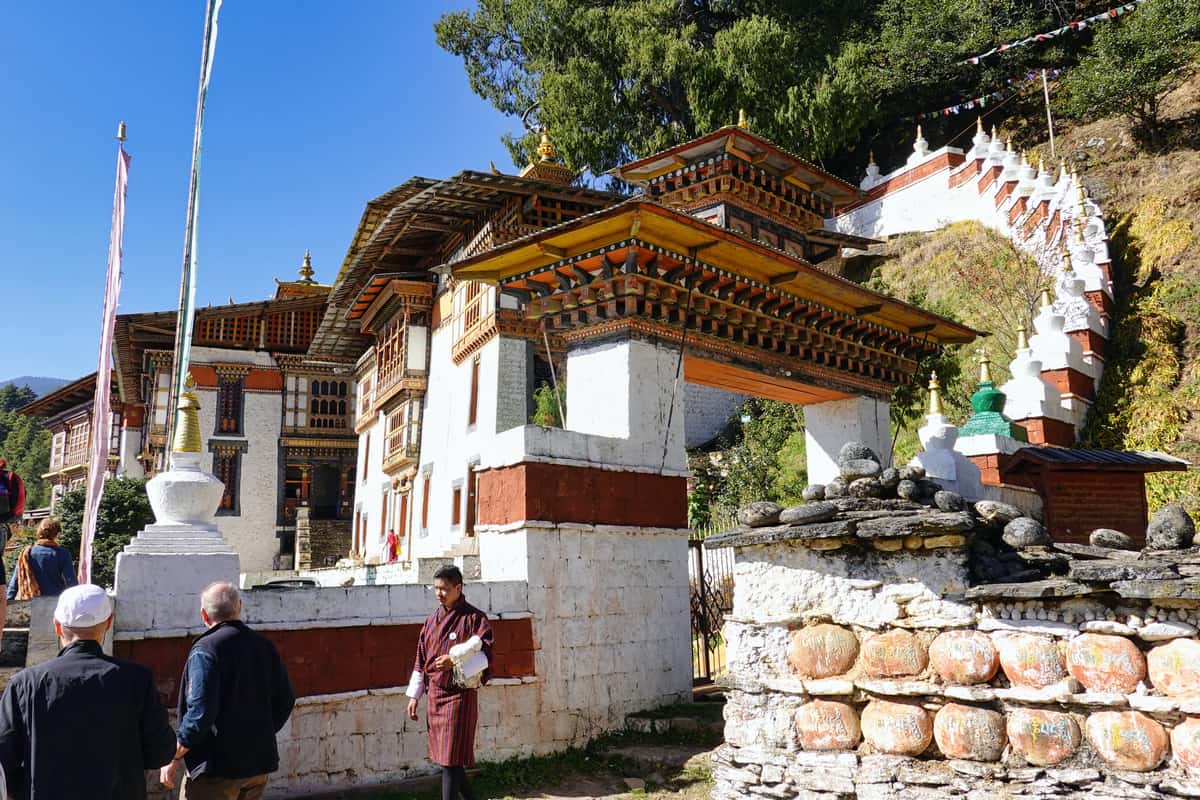
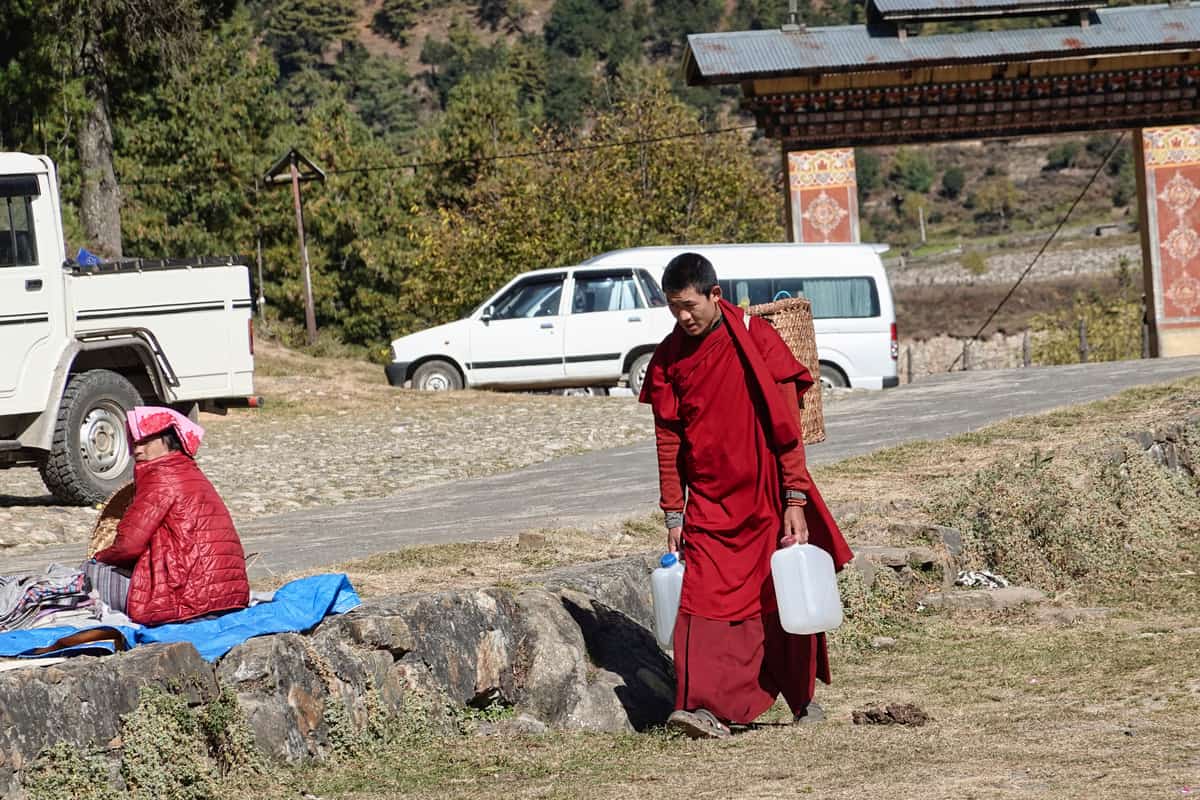


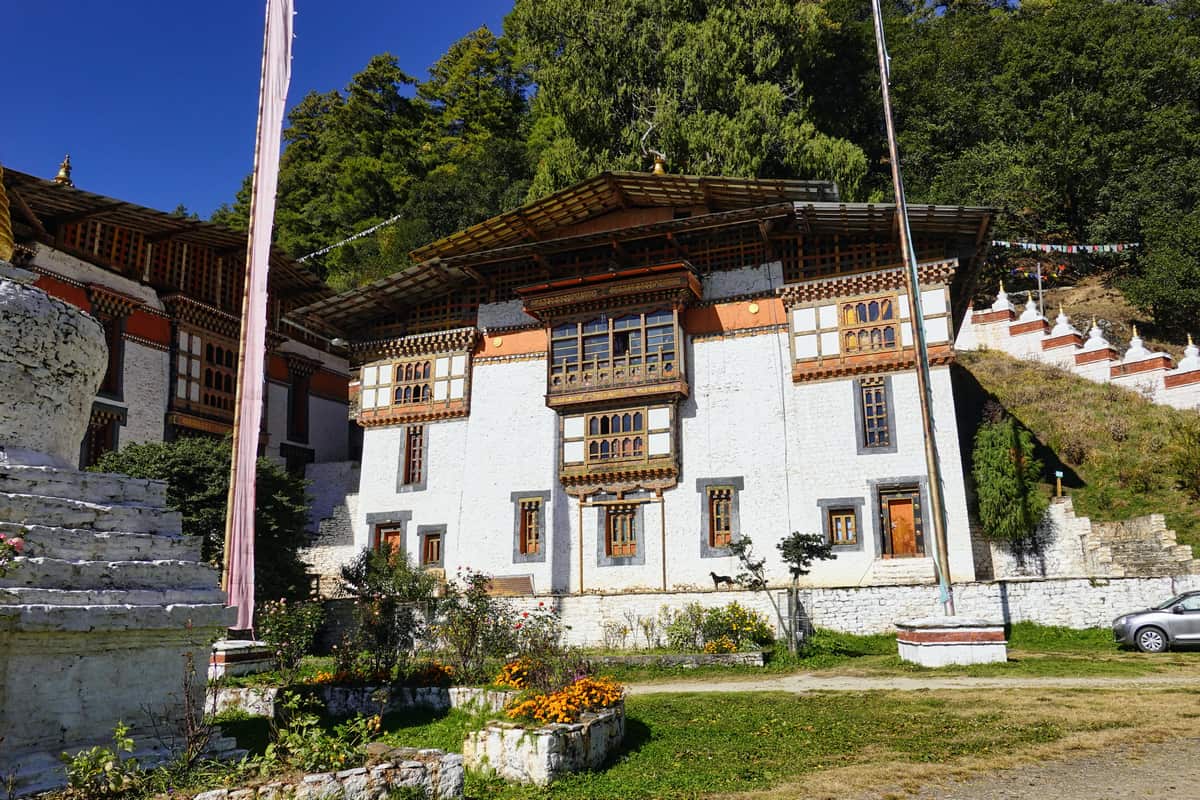
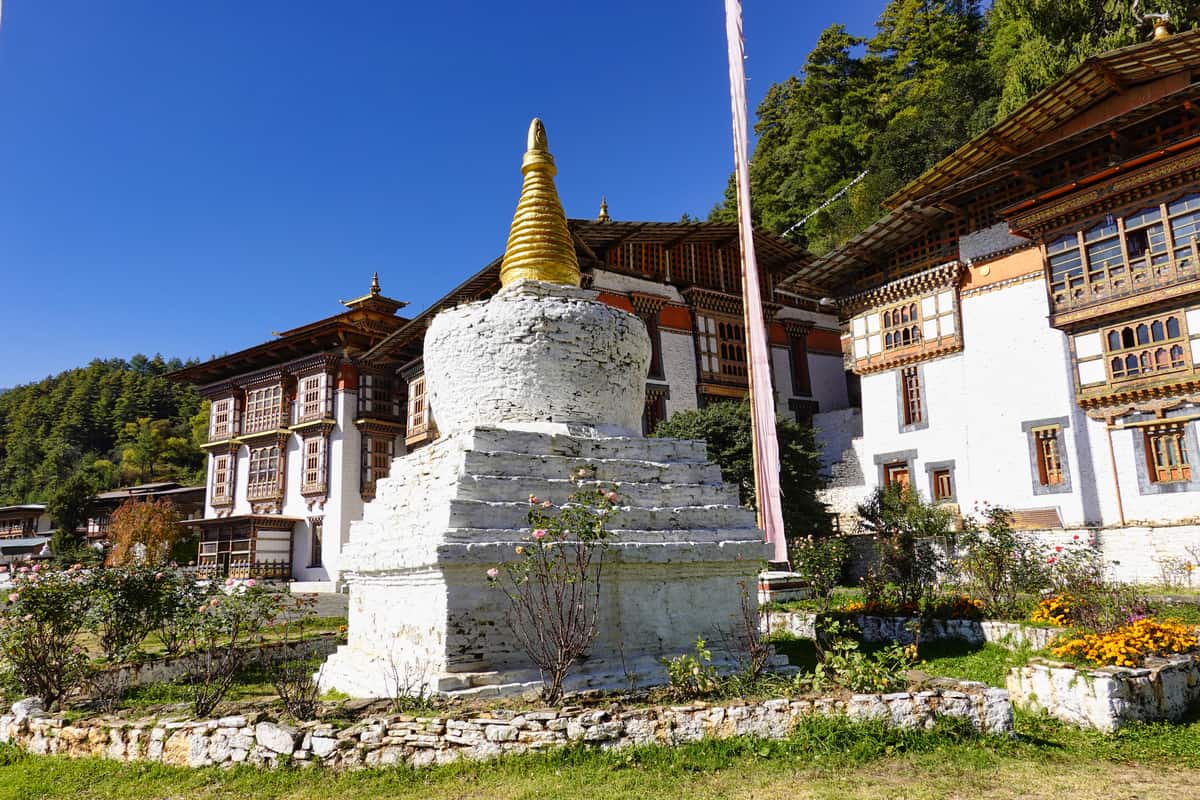
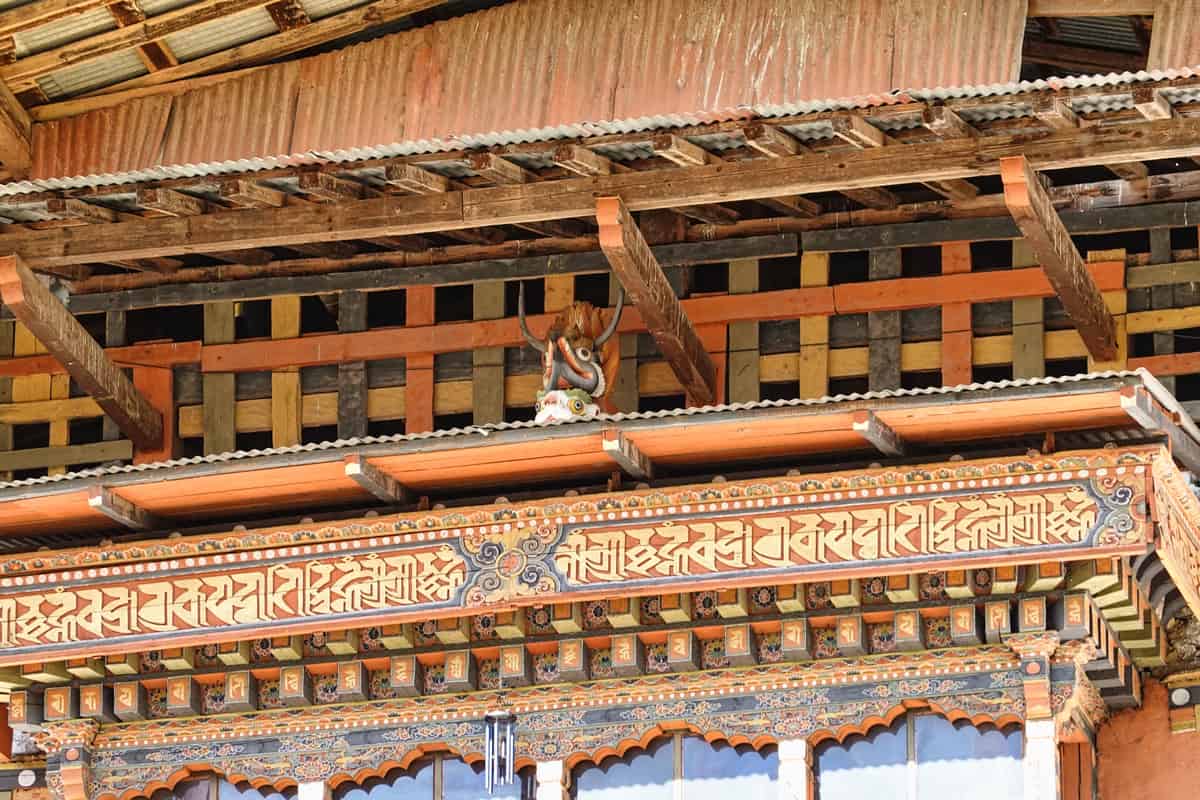
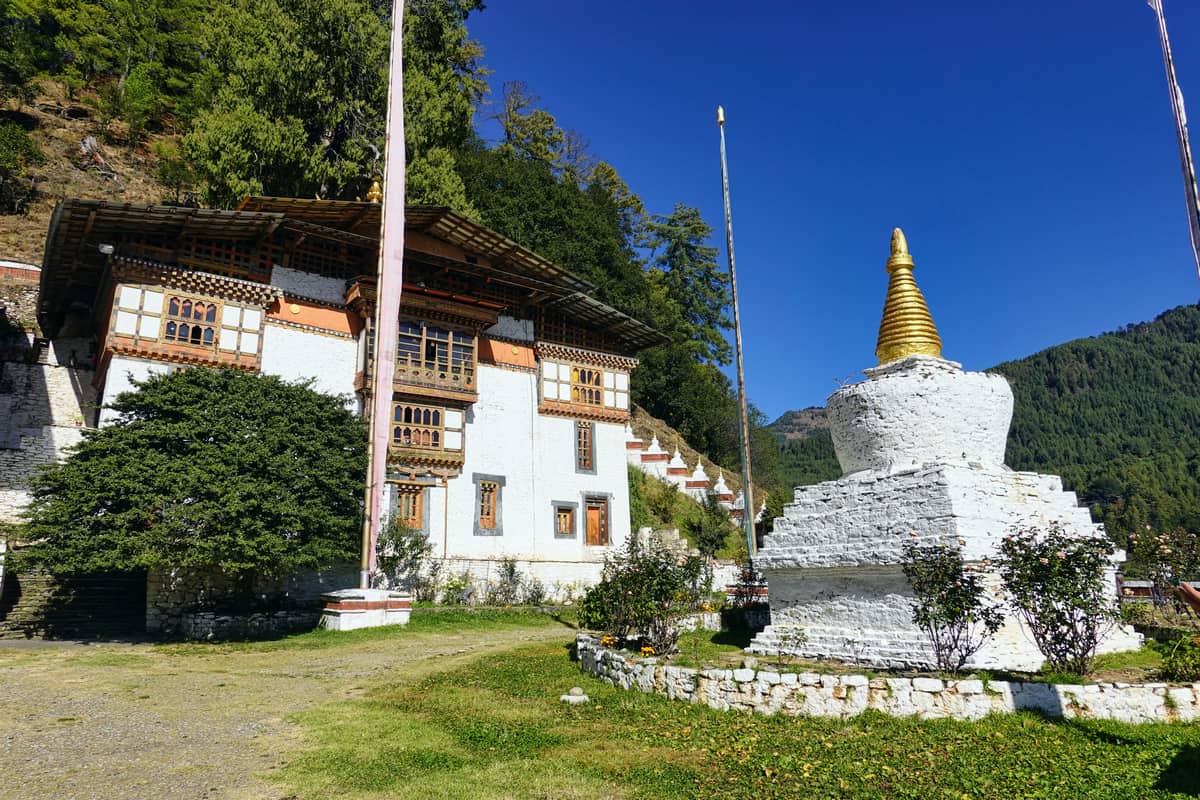
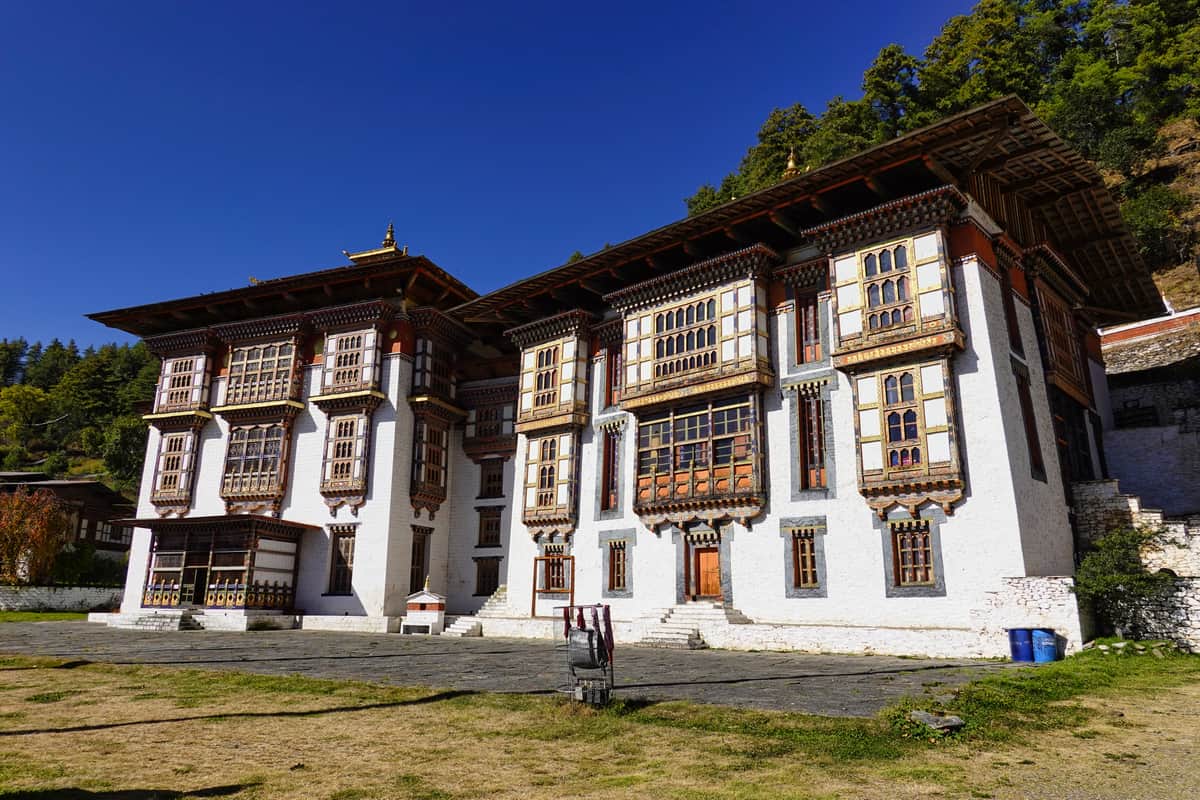

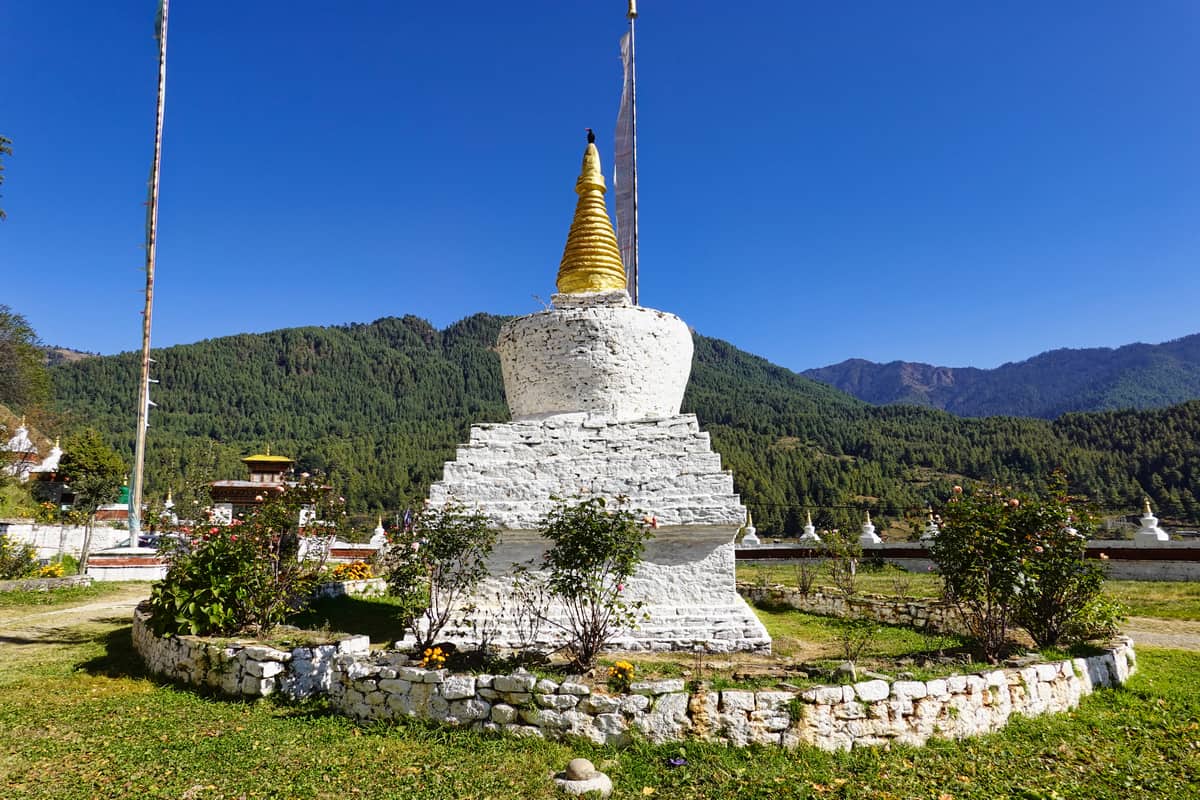
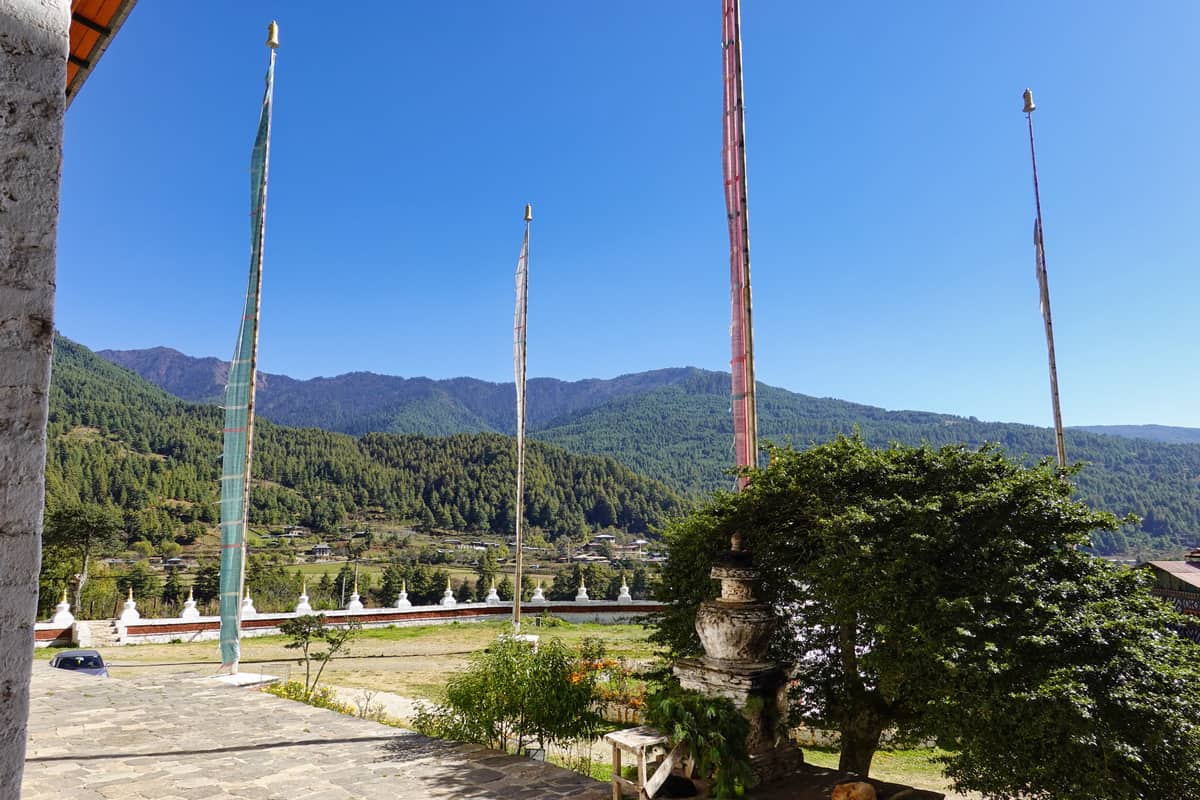
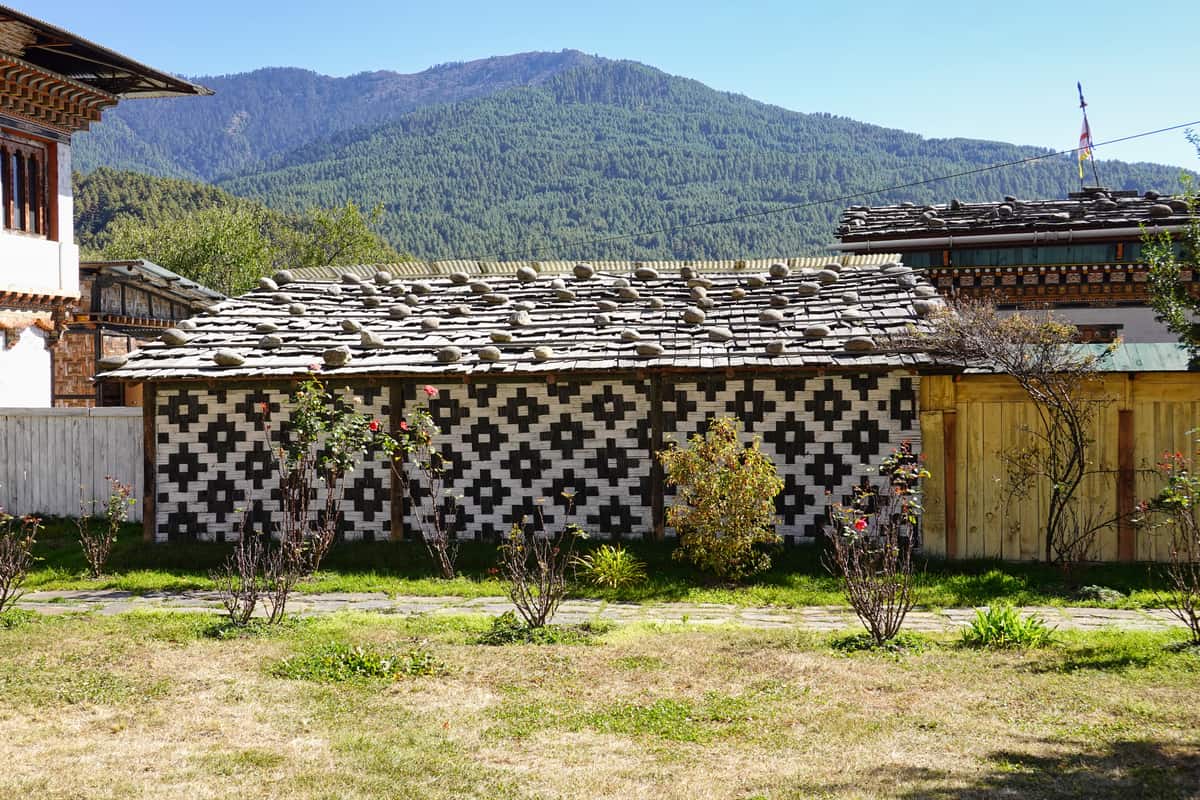
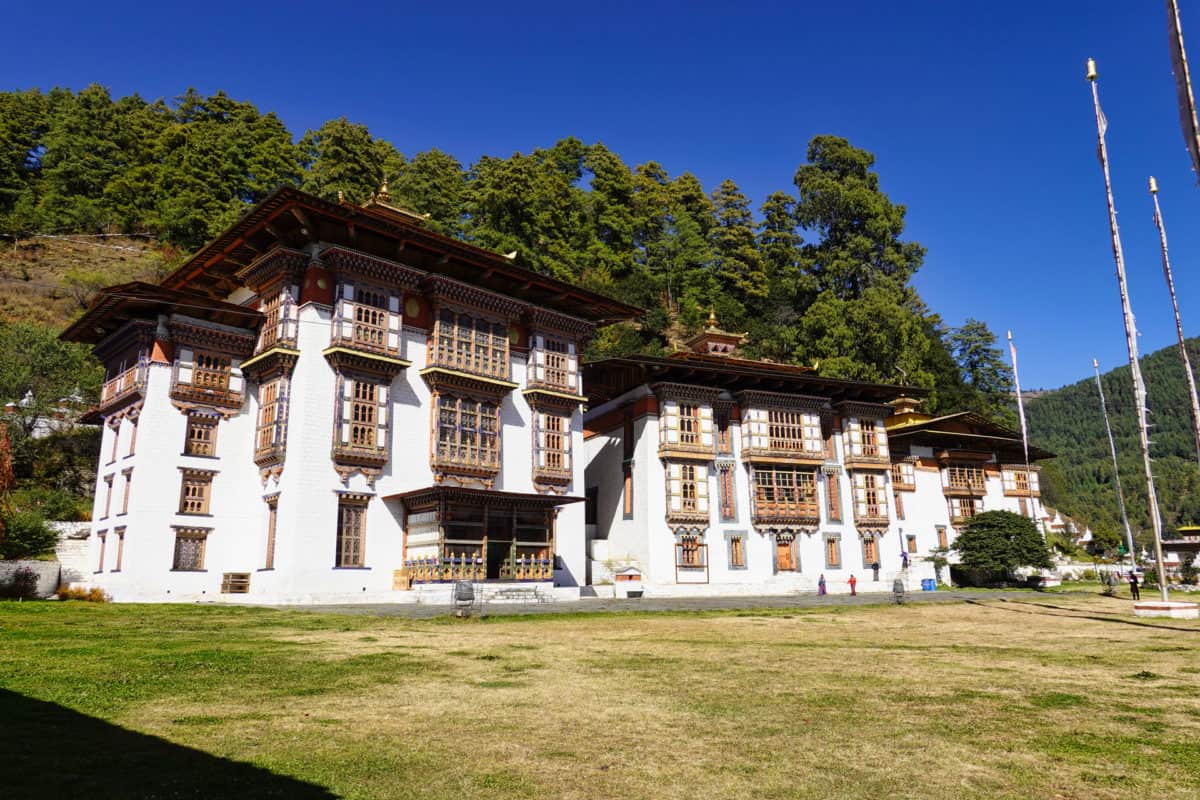
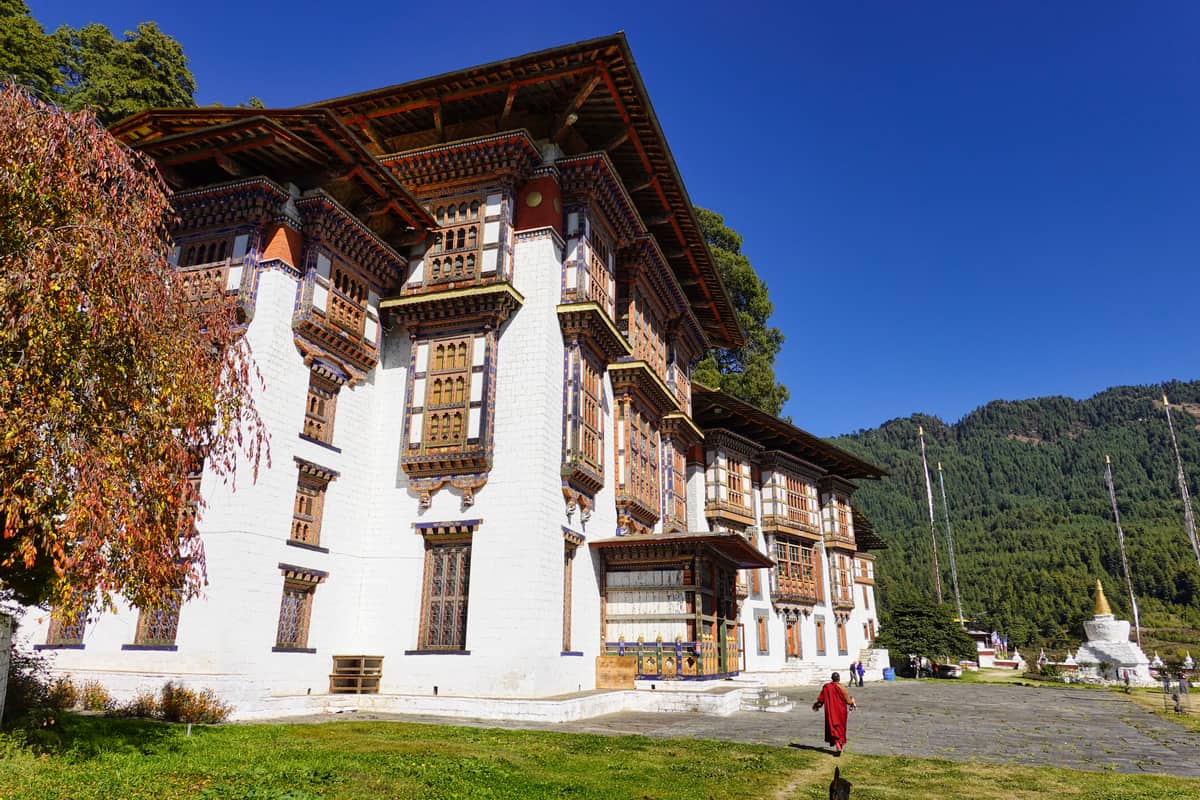
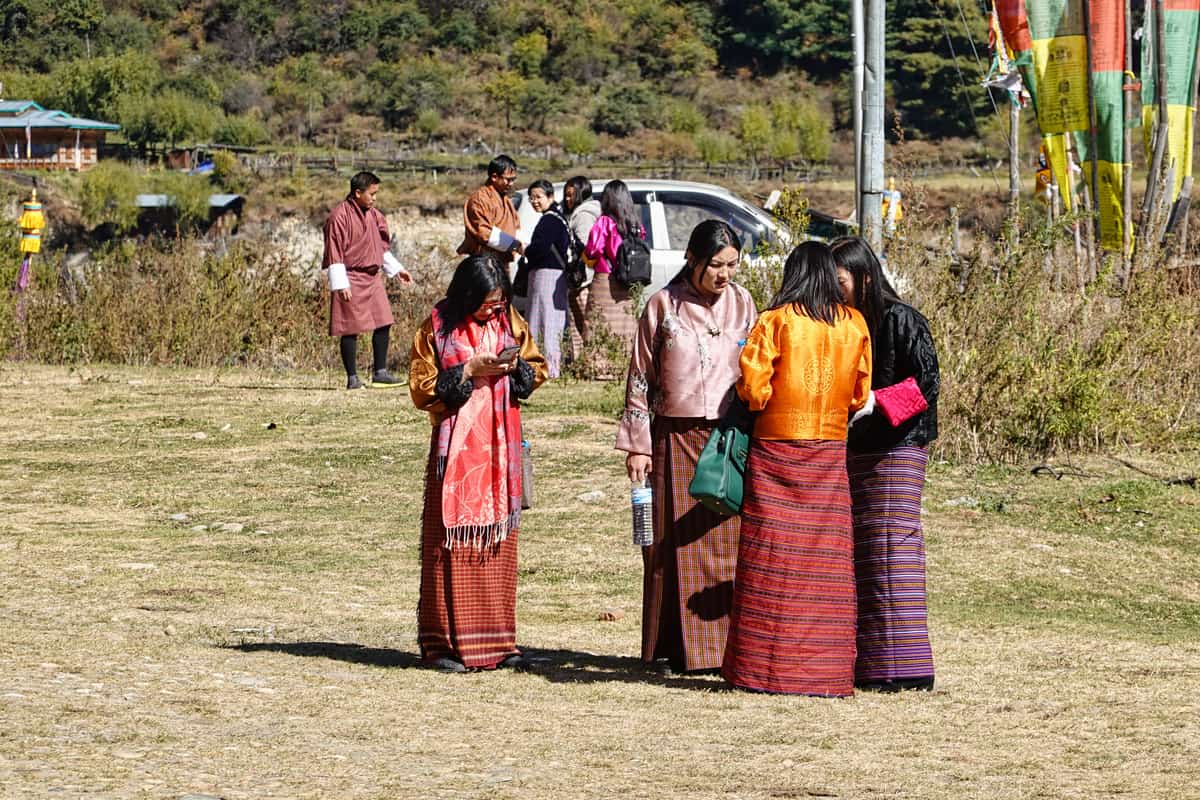
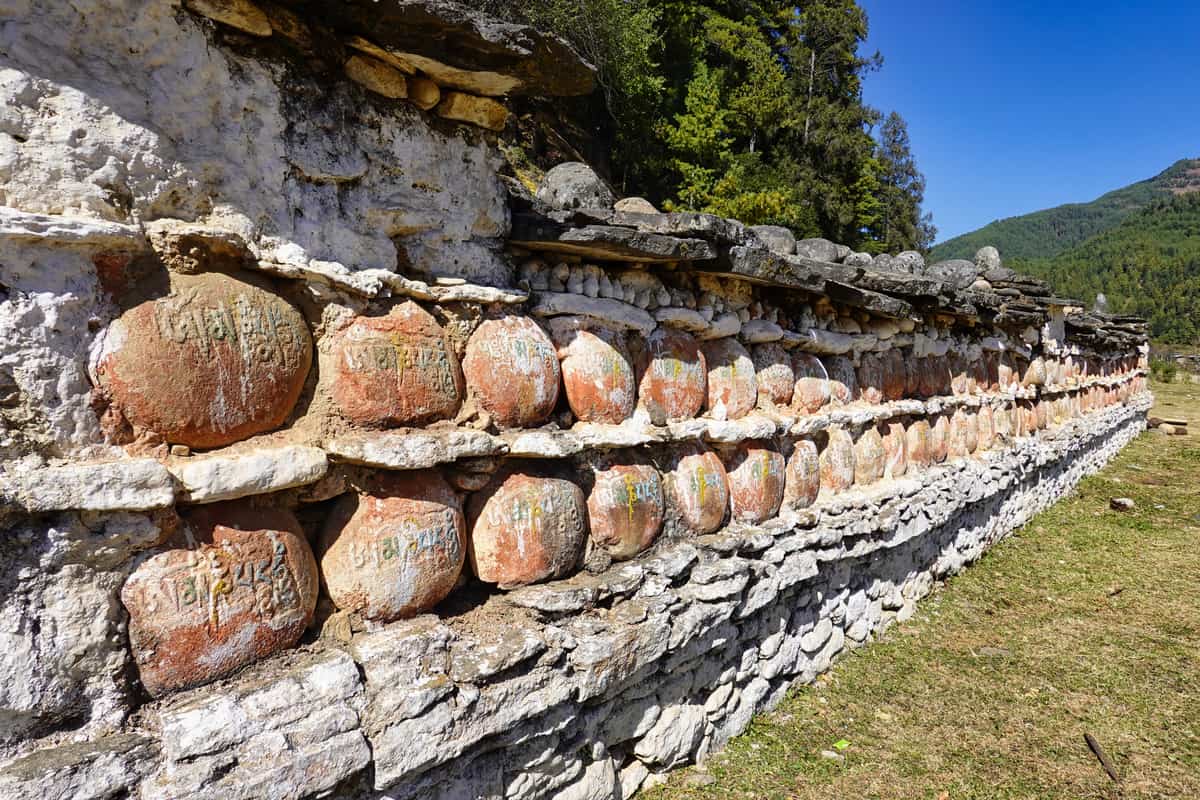
Visit Guru Lhakhang Temple
After walking around the temple grounds in the front, it was time to walk up a series of stairs to reach the entrance into the “Temple of Three Buddhas” and cave that Guru Rinpoche meditated and left his body imprint. Before our walk up we had to first remove our shoes (a common practice in all Buddhist temples). We were not allowed to take pictures while inside any of the temple/caves areas.
Temple of Three Buddhas
